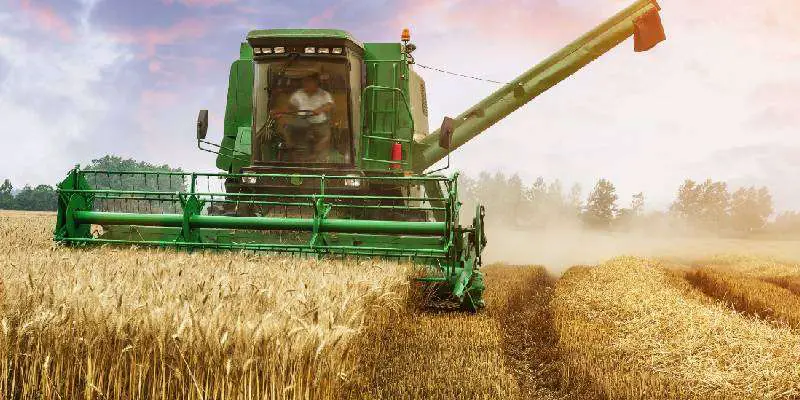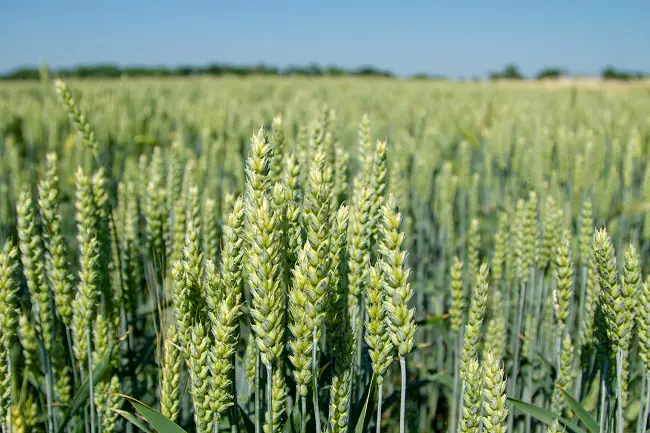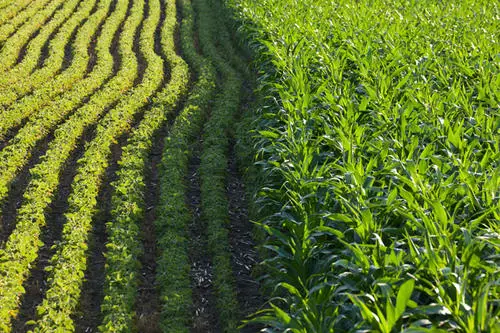Cereals are crops that belong to the grass family Gramineae and cultivated for their edible components of its grain. These crops are grown in large quantities and they are a good energy source worldwide, they are mostly staple crops. Rye, wheat, maize, millets, quinoa and oat are examples of cereal crops. These crops have numerous health benefits such as provision of carbohydrates needed for energy in the human body to maintain proper cell function and various other processes that require energy. Minerals provided by cereals help generate hormones and transmit nerve impulses, good source of fiber which is important for the digestive system.
Contents
Soil Requirements for Cereals
Soil management is of vital importance in the production of cereals. Good agronomic practices are supposed to be in place to ensure a healthy soil medium for growth of cereal crops. Practices such as maintenance of soil fertility, good crumb structure and minimized soil erosion are important in good soil management. Cereals crops can grow in a variety of soils but these crops perform best in fertile soils with a pH range of 5.5-7.5. a soil pH around 6-6.5 is optimum for corn while acid tolerant cereal crops such as rye and oats can grow well at a pH range OF 5.5-6.0. Acid sensitive crops such as barley and wheat need a pH above 6.3 for maximum yield. It’s important to have soil sampling and testing done prior to planting as this advises the grower on specific soil requirements for a particular cereal to be grown. Lower than optimum pH levels results in a reduction in grain yield due to the inability of the crop to tolerate the level of acidity. Manuring using cattle or compost manure is important in the maintenance of a good crumb structure and maintenance of soil moisture for the cereals.
Tillage
There are a variety of options when it comes to soil tillage in preparation for planting a cereal crop. Chisel ploughs, disc harrows or conservation tillage equipment are some of the implements used for primary tillage. These implements are fast and efficient in tillage compared to the conventional systems such as the use of the Mould board plough which if often ox driven. The chisel plough and off set disc ploughs are often called conservation implements because they can leave high amounts of plant residue on the soil surface reducing soil erosion especially on sloppy land. Good tillage should ensure uniform depth and destruction of weeds on the upper soil surface. Cereal crops generally require tillage done to a fine tilth especially important for small grain cereal crops such as quinoa and millets, with good aeration in the soil to minimize seed rot after planting.
Time of planting
Time of planting cereals differs from country to country and the type of cereal to be grown. Most cereal species have both winter and spring types. In practice, the difference between the two types lies in the timing of planting. Spring cultivars are sown early in the growing season and harvested at the end of the growing season. Winter types are sown around the middle or end of the growing season. In general warm, humid climates are detrimental to yield quality of most cereals at grain filling stages. Excess soil moisture results in poor performance of cereals such as barley and wheat, oats on the other hand are least affected. When growing cereal crops in winter such as barley and wheat, care has to be taken to make sure that variety chosen is not prone to frost injury. Well drained soils are crucial for the production of winter cereals as crop loss can result when subjected to ice sheeting during winter melt periods. There are winter cereals that cannot be planted any other time apart from winter because they require low temperatures to stimulate flowering and seed set. This process is known as verbalization, which is controlled by about three genes in cereal species. Winter varieties are generally higher yielding, since they are able initiate growth very early in the growing season and therefore use it more efficiently.
Harvesting
Harvesting is a critical stage that requires attention and good management as it can result in a lot of yield losses. As a rule of thumb, cereals are harvested once the crop has reached physiological maturity and moisture content has reached an optimum. For example optimum moisture for maize or corn crop is around 12.5 percentage and that of wheat crop is around 13 percent. Harvesting is done using a combine which threshes, winnows and cleans seed. Harvesting is a complicated process and the thresher should be adjusted for maximum output and minimum loss and damage to the grain .Header sizes are changed depending on type of cereal, the combine must be properly calibrated to reduce harvesting losses. Header size for corn is larger than for sorghum and millets. For best feeding of the grain, adjust the reel speed to be slightly faster than the ground speed of the combine. This will keep the front of the grain head clear of grain and will prevent plugging. It’s important to begin harvesting before grain or kernels start shattering as this results in yield losses.
Storage
After combining the grain, storage commences. Kernels of grain respire as other living creatures and produce warmth. Molds and bacteria can reproduce in grain storages, particularly at high moisture levels. It’s important to store grain at the right moisture content so as to prevent spoilage. Correct moisture content is determined by use, if grain is for immediate consumption then moisture content can be slightly higher but if it’s for storage it has to be at its optimum for that cereal. Drying is needed for grain to be used for seed, malt in the case of barley and sorghum, feed concentrates or human consumption.
Various types of cereals produce various products for example flour from wheat and barley, oat meal from oats, breakfast cereal made from oats and corn. Milled flour from cereals is used to make a lots of food stuffs such as biscuits, cakes, muffins and so much more. Cereal crops are not very demanding in terms of fertilizers, some can do well without the use of artificial fertilizers for example millets and sorghum. Millets and sorghum crops do well in soils that are fertile, have good organic matter content that’s well decomposed into humus. Rainfall requirements differ from crop to crop, some require high moisture for example rice, some cereals cannot thrive in very moist conditions for example maize, the crop slugs and rots. Most cereal crops have both winter and spring varieties which enable planting almost throughout the year, in some parts of the world, cereals such as maize can be grown all year round with sufficient irrigation.




